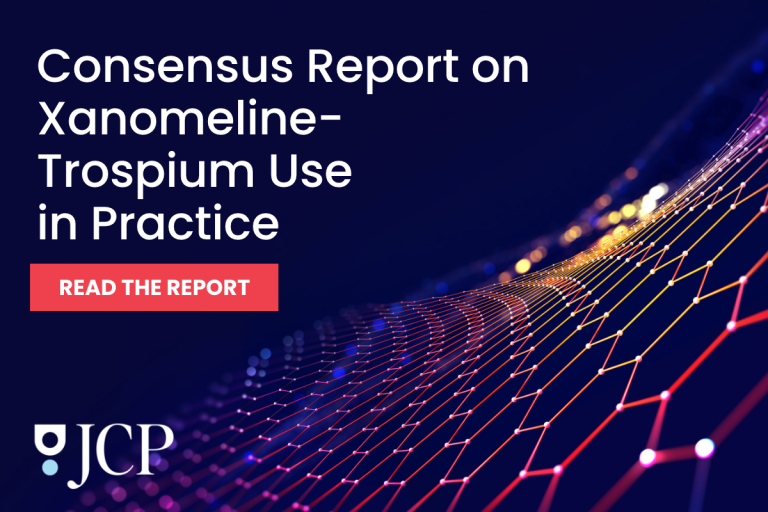Schizophrenia patients face more than the oppressive, everyday burden of psychosis. They also live under the shadow of a much shorter life expectancy – up to 15 years less than the general population. And research has shown that cardiovascular disease and obesity-related type 2 diabetes are the usual suspects.
Second-generation antipsychotics (SGAs), which can trigger rapid weight gain, hamper glucose tolerance, and unravel the patient’s quality of life, amplify this risk. For years, clinicians have struggled to counteract these metabolic side effects with lifestyle programs or add-on prescriptions, but the results (so far) have underwhelmed mental health professionals.
Now, a new randomized clinical trial out of Denmark suggests a once-weekly injection of semaglutide could alter that trajectory.
The HISTORI Trial
The researchers enrolled 154 adults between the ages of 18 and 60 in the HISTORI trial. Participants included those living with schizophrenia, prediabetes, and who could be classified as overweight or obese (with a BMI of 27 or higher). All participants had been on a stable regimen of SGAs for at least six months, and none had a diabetes diagnosis that would otherwise qualify them for semaglutide treatment outside the trial.
Scheduled to run between January 2022 and May 2024 across two Danish regions, the double-blinded trial randomly assigned patients to 30 weeks of semaglutide (titrated up to 1 mg/week) or a placebo. Researchers tracked glycosylated hemoglobin (HbA1c) as the primary endpoint, in conjunction with changes in body weight, lipid levels, psychiatric symptoms, and self-reported quality of life.
It’s worth noting that the researchers designed the trial as a home-based intervention. Mobile nurses visited participants to administer injections, collect blood samples, and conduct assessments, an approach the team attributed to the unusually high completion rate. More than 91% of patients made it through the end of the study.
Clear Wins (And a Bonus)
The results, appearing in JAMA Psychiatry, were a revelation. At 30 weeks, patients on semaglutide lowered their HbA1c by an average of 0.46% compared with the placebo. That was enough to normalize blood sugar levels in 81% of participants versus just 19% in the control group. Fasting glucose also tumbled dramatically, along with C-peptide levels, reflecting improved insulin regulation.
Weight loss proved equally robust. Semaglutide recipients shed an average of 9.2 kilograms (about 20 pounds), with reductions in waist and hip circumference that far outpaced the placebo recipients.
These results worked out to a 7.5% drop in body weight – comparable to outcomes in much larger obesity trials, despite a lower weekly dose.
But semaglutide’s benefits extended far beyond the expected improvements in glucose and weight levels. Patients recorded healthier lipid profiles, with a mean increase in HDL cholesterol of 10.8 mg/dL and a reduction in triglycerides of nearly 30 mg/dL. And even though LDL cholesterol and blood pressure didn’t change much, these improvements mirror findings from larger cardiovascular-outcome studies of GLP-1 receptor agonists.
Such shifts matter because schizophrenia patients are three times more likely to die from type 2 diabetes and twice as likely to die from cardiovascular disease as the general population.
Quality of Life Potential
On the 36-item Short Form Survey (SF-36v2), semaglutide recipients reported a 3.75-point gain in physical health scores, a noteworthy improvement.
Mental health scores, however, didn’t budge. And neither did measures of schizophrenia symptoms on the Positive and Negative Syndrome Scale (PANSS-6). That neutrality, the study’s authors insist, is crucial, since it suggests semaglutide didn’t make their psychiatric symptoms worse, always a key concern when adding new medications.
As in broader obesity trials, gastrointestinal complaints emerged as the most common side effects – especially nausea and abdominal pain early on. A few patients required dose reductions, but most symptoms diminished over time.
The semaglutide group boasted numerically higher hospitalizations. But a small number of individuals with recurrent admissions drove this, while overall rates of serious adverse events didn’t differ that much between groups. And the researchers didn’t document any treatment-related psychiatric deterioration.
Context and Comparison
The HISTORI trial adds to a modest (but growing) body of research exploring GLP-1 receptor agonists in psychiatric populations. Earlier trials with liraglutide and exenatide hinted at modest benefits, but semaglutide appears to deliver larger, more sustained improvements.
When stacked against the SELECT trial – a two-year study of semaglutide in obese individuals without diabetes – the Danish findings hold up. Despite using less than half the dose (1 mg vs. 2.4 mg) and running for a fraction of the duration (30 weeks vs. 104), HISTORI achieved comparable reductions in HbA1c and only slightly less weight loss.
This raises the intriguing possibility that patients with schizophrenia might be especially responsive to GLP-1 therapies. The researchers theorize that it could be because the drug counteracts SGA-induced appetite stimulation.
“Whether the enhanced effect is due to the psychiatric disease itself or the adverse effects of SGAs remains unknown,” the authors noted.
Implications
For clinicians, the message appears to be a clear one. Semaglutide represents a safe and effective tool for managing the dual burden of psychosis and metabolic disease. Given the fourfold reduction in prediabetes prevalence among treated patients, the drug could also play a preventive role in curbing diabetes onset and associated cardiovascular risk.
For patients, it could be nothing less than life changing. Excess weight and poor metabolic health not only threaten patients’ lifespans, but also drive stigma, reduce adherence to antipsychotics, and erode daily functioning. A therapy that lightens that load – without posing a threat to psychiatric symptoms – could tilt the balance of care.
But questions linger about access. And cost. Despite their growing popularity (or maybe because of it) GLP-1 drugs aren’t cheap, and insurance coverage varies widely. Policymakers must weigh the initial cost against the potential savings of fewer hospitalizations, lower rates of diabetes, and longer lives.
The study’s authors urge replication in larger, longer studies, while testing higher doses and integrating semaglutide with lifestyle interventions. Future trials might also explore whether early use in patients newly prescribed SGAs could prevent weight gain before it starts.
In the meantime, the findings offer a hopeful new chapter for those living with schizophrenia.
Further Reading
Semaglutide Shows Promise in Curbing Alcohol Cravings
Ozempic And Other Weight Loss Drugs Linked To Antidepressant Use
FDA Probes Ozempic, Other Weight-Loss Drugs for Suicidal Risks



